Citruses (citrus fruits) have many health-promoting properties. It is worth eating them especially in the wintertime when the season for fresh fruits ends and the season of… colds begin. Check which citruses should you choose, to keep your health intact!
Citruses origins
Citruses (citrus fruits) are one of the most cultivated fruits in the world. They occur naturally and are cultivated in Asia, Australia, warm areas of North and South America and the Mediterranean climate of Europe.
Citruses (citrus fruits) - nutritional properties and values
Citrus fruits are a good source of vitamin C, but also B vitamins especially B9 vitamin (folic acid). They also contain a lot of minerals! Besides citrus fruits contain dietary fibre and flavonoids
Thanks to the high amount of vitamin C in fruits, they strengthen the body’s immunity and improve the absorption of iron from the diet, thereby preventing anaemia.
They also have a beneficial effect on maintaining the acid-base balance of the body (thanks to their alkalizing properties). Regular consumption of them contributes to lowering LDL cholesterol in the blood and homocysteine, which reduces the risk of cardiovascular diseases.
Citrus fruits are great for people on a diet because they are low in calories. Their high content of lignin - a substance that slows digestion and absorption and increases satiety – should also be beneficial.
Citruses (citrus fruits) - types
Grapefruit
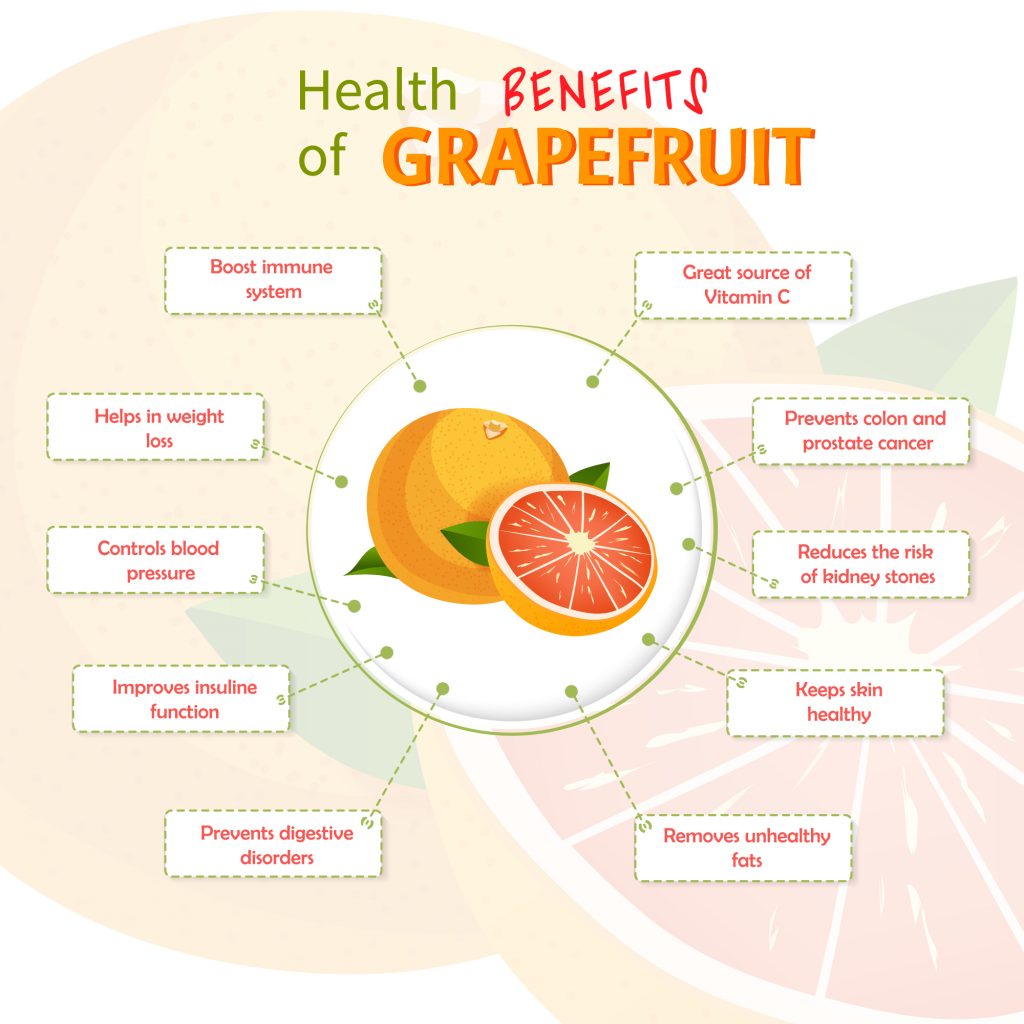
Grapefruit could be put between the sweet orange and pomelo. It comes from Barbados. In stores, you can find grapefruit in pink, white, green or red colour. Grapefruit has a sour, slightly bitter taste. The substance which is responsible for it is called mercaptan. Red and pink types of grapefruit are the source of lycopene - a compound with antioxidant properties.
Orange
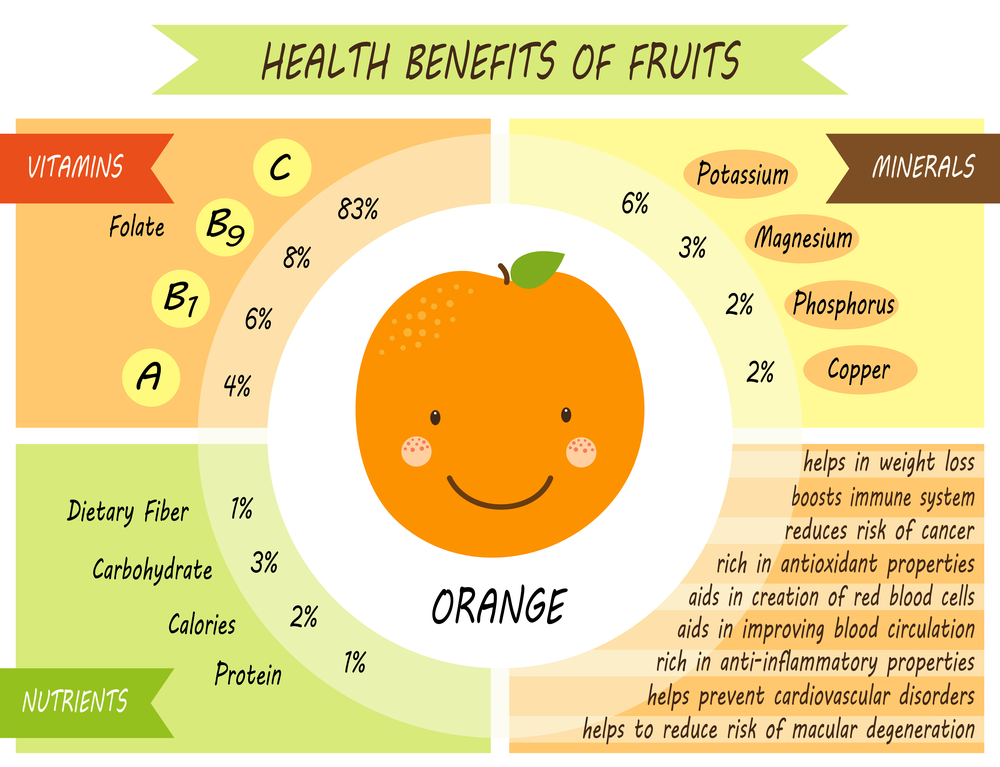
Orange comes from ancient China. Like other citrus fruits, it is a good source of vitamin C. It also contains carotenoids (beta-carotene, lutein), flavonoids and other beneficial compounds (including aldehydes, esters, terpenes), which are responsible for the aroma of orange. In addition, oranges are the source of B vitamins and potassium.
The sensory characteristics of this fruit depend on the growing conditions, ripeness during the harvest period and storage conditions and its duration. Orange pulp takes on a light orange to dark orange colour. It has a sweet and sour taste.
Tangerine
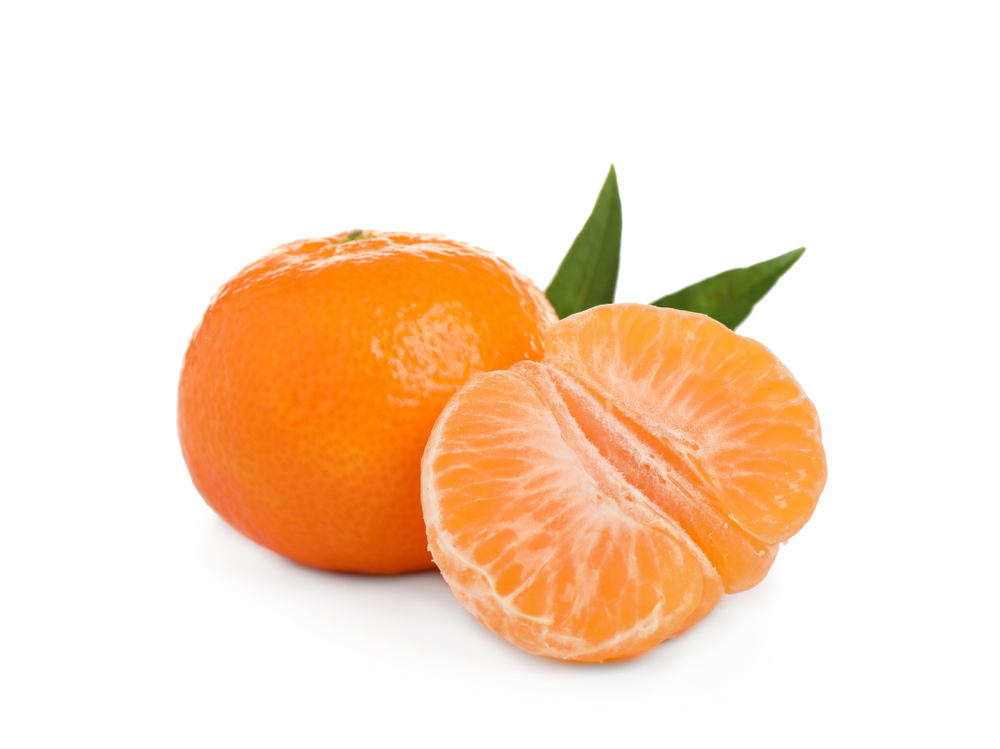
The tangerine has a slightly flattened shape and its taste is more delicate and sweeter than oranges. The mandarin is characterized by firm and slightly soft flesh and thin skin, which easily separates from the flesh. It contains significant amounts of vitamins and minerals, of which the largest part of it is certainly the vitamin C.
Pomelo
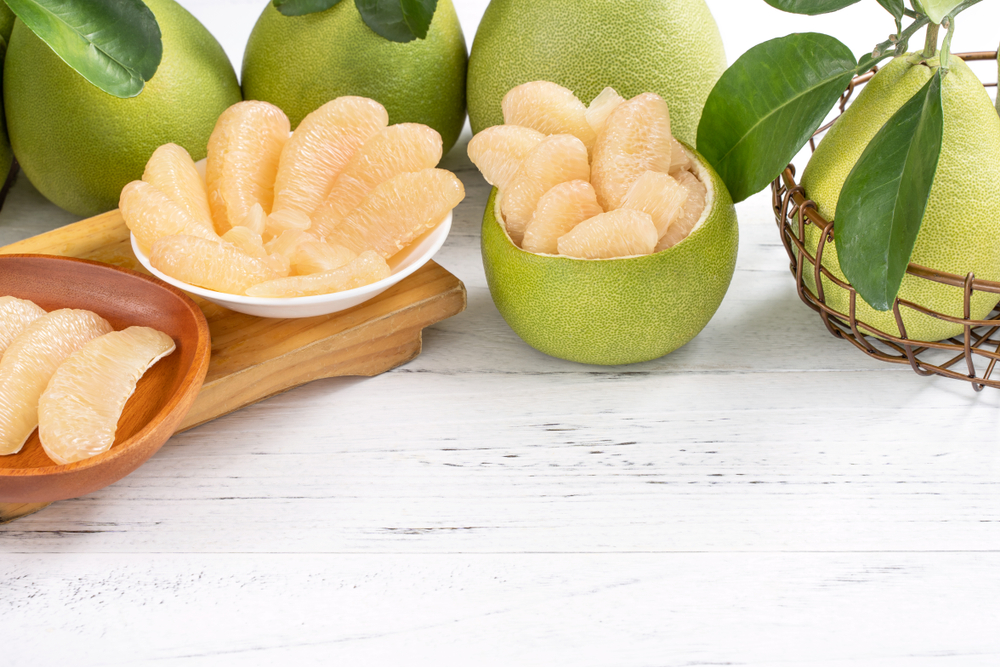
Pomelo is the largest and heaviest (can weigh up to 2 kg) citrus fruit. It is characterized by white, green or red flesh, which is surrounded by a thick skin and bitter membrane, separating the segments of the flesh (Note: it is inedible). Pomelo is rich in vitamin C, potassium and pectin.
Clementine
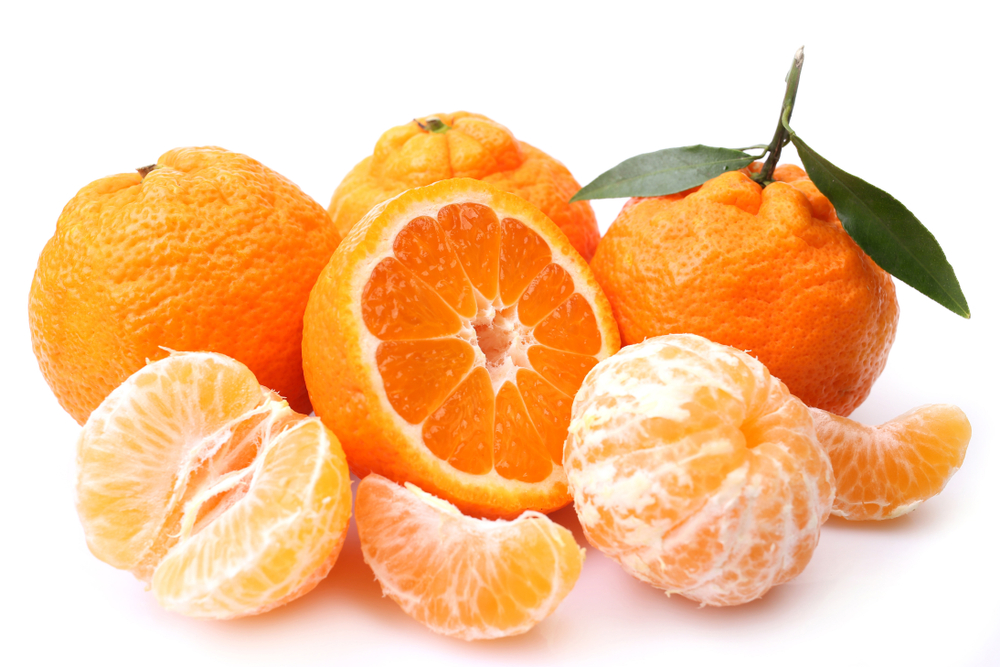
Clementine originates from Algeria and is a fruit formed from the cross-breed between a mandarin and a sweet orange. It is juicy and easy to peel off.
Lemon
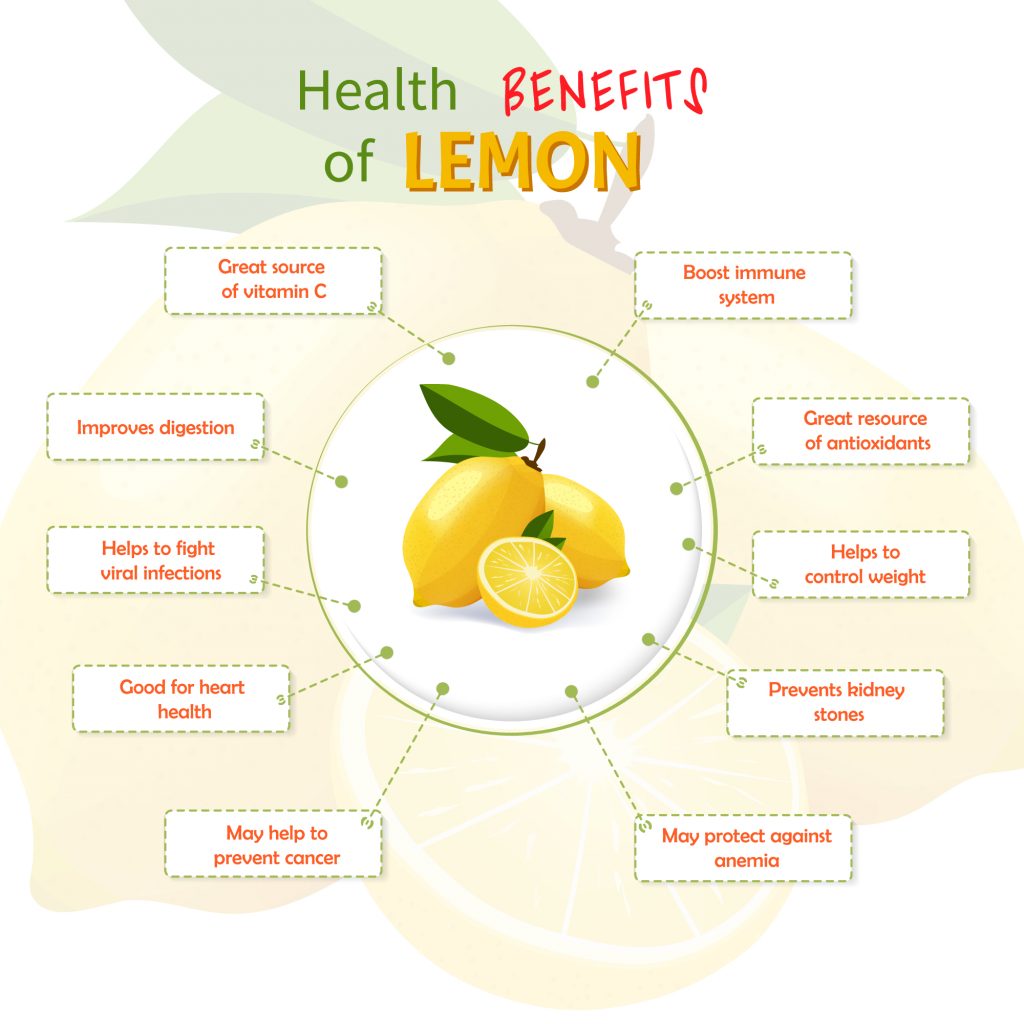
Lemon has an ovoid shape that narrows downwards. However, lemon can also take other shapes, depending on the growing conditions. The flesh of fresh fruit is yellow (overripe fruit takes on a yellow-orange colour). Lemon usually has a sour taste, although sometimes it can be slightly sweet. Is a good source of vitamin C, vitamin B1 and antioxidants like polyphenols, terpenes and tannins.
Lime
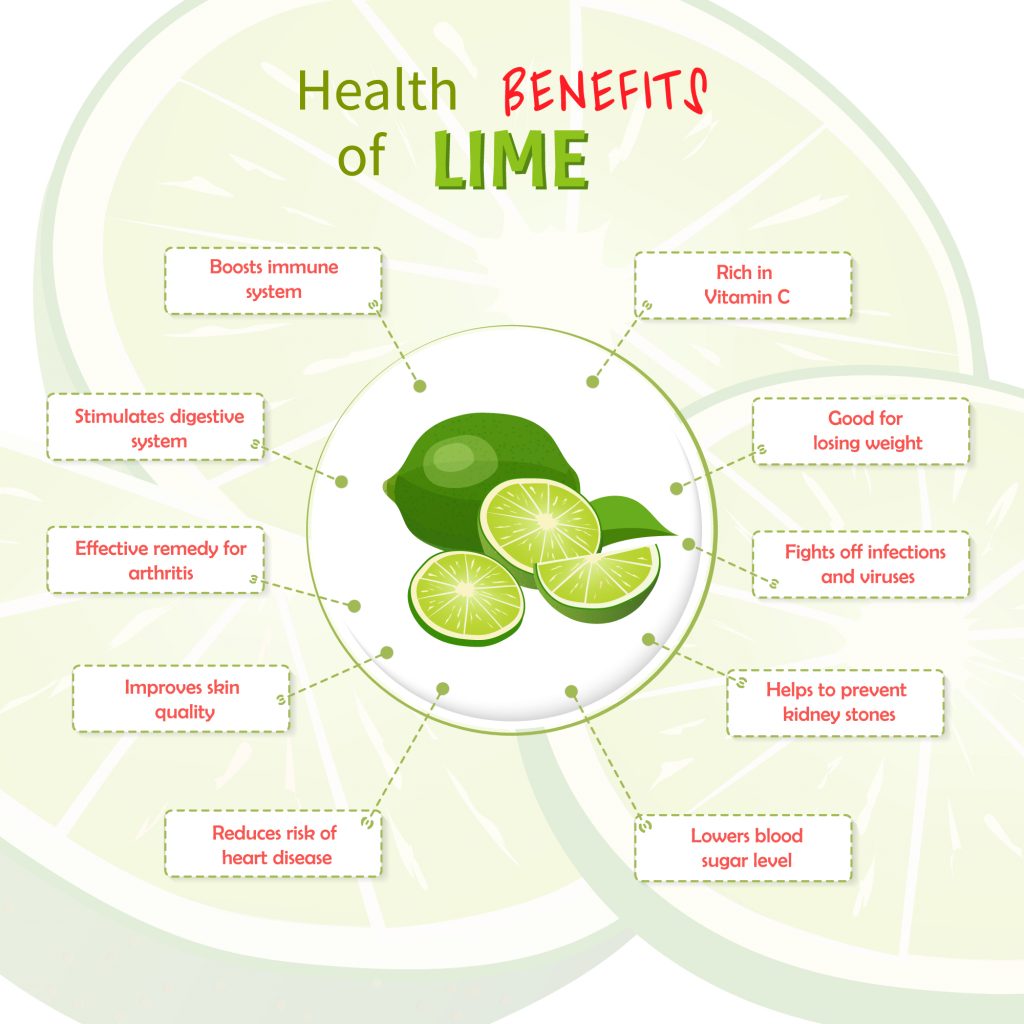
Lime fruits have a round shape and green skin and flesh. It has a sour taste - sour than lemon. Lime is a source of vitamin C, but it contains less than lemon. In addition, lime is rich in polyphenols and terpenes.
Kumquat
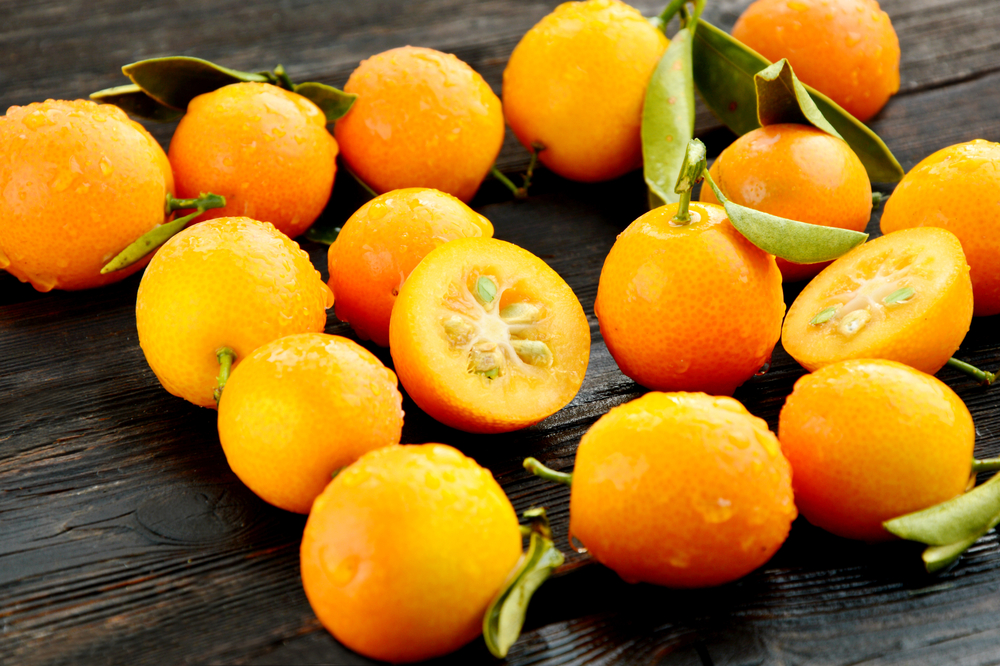
The shape and colour of kumquat resemble an orange, but it is much smaller than it. Kumquat edible skin is soft and sweet, and the flesh has a sour-bitter taste. Kumquat is rich in vitamin C and beta-carotene.
Citruses (citrus fruits) - contraindications
Citrus fruits can contribute to the occurrence of an adverse allergic reaction, so it is worth observing whether after their ingestion there will be no side effects. Particularly cautious should be people with food allergies, who are more likely to be allergic to citrus fruits.
Citrus fruits are not recommended for people suffering from stomach diseases, ulcers, hyperacidity and heartburn.
Citruses (citrus fruits) and drug metabolism
Citruses and juice obtained from them affect the metabolism of drugs, including antibiotics, nonsteroidal anti-inflammatory drugs, immunosuppressants, warfarin, as well as drugs for dyslipidemia and hypertension.
Such action is shown by compounds contained in grapefruit, lime, sour orange and pomelos, therefore people taking the above-mentioned medicines should pay attention to the time of consumption of these fruits (not less than 4 hours after taking the medicines). Besides people taking immunosuppressive drugs and warfarin should give up grapefruit, pomelos and limes as well as juices from these fruits completely for their own safety.
Citruses (citrus fruits) - use in the kitchen
Citrus fruit is a great snack for lunch or afternoon tea. They also work well as an ingredient in fruit and vegetable salads, as well as smoothies, cocktails and juices.
Fruits can also be served for breakfast in the form of an addition to muesli, granola, omelettes or pancakes. They can also be an addition to cookies, cakes, muffins, homemade cereal bars and a base for fruit preserves.






